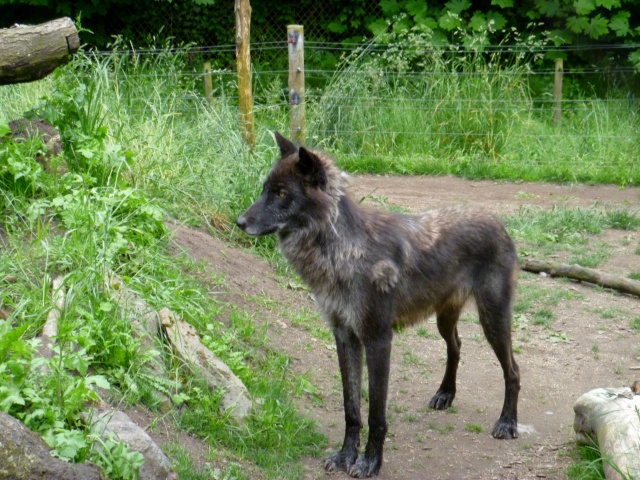OK folks, here’s where things get technical and y’all start liking me less. I mean, I don’t blame you; if you’re not at least an aspiring neurobiologist, learning how the movements of ions in and out of neurons control muscle flexion is less Music of the Spheres and more Music of the Drying Paint. But gaining at least a rudimentary understanding of how changes in electrical potential, running down wire-like axons through your body to conduct every movement you make and orchestrate each separate muscle to work in harmony with the others is pretty musical. At the very least you’ll feel like a badass robot. Who doesn’t want that?
Let’s talk about Robo-Ophid’s wires (in third person, apparently?). By wires, I mean the axons, the single, looooong branch of a neuron/nerve cell that is insulated by myelin, a lipid layer produced by Schwann cells on the axon and that increases the conduction speed of signals. The axons only conduct signals away from the main body of the neuron, dendrites (shorter branches) connect to other axons and receive signals. Signals for muscle movement are called action potentials, drastic changes in membrane potential that are propagated from one neuron to another in an un-diminishing fashion until the target muscle is reached. Neuron membrane potential, the difference in electrical charge between the inside and outside of the cell, is about -70mV. For Robo-Ophid to move, the membrane potential is depolarized (given a more positive charge), repolarized (given a more negative charge) and hyperpolarized (given a much more negative charge than it needs). Here’s the quick and dirty explanation of how: sodium channels open, allowing positive ions in; neuron becomes positive, hits peak of action potential/positive charge; sodium channels close; potassium channels open, allowing positive ions to exit; cell goes overboard and gets extra negative (perhaps even buys an emo CD) before returning to normal. Neurons like you, so the action potential itself is easy; the action potential just spreads down the axon to its target. In this case, lets say the spine, and that to another neuron that connects to a muscle. Not so bad, right?
Now, Robo-Ophid needs more than just one action potential to do things. Unlike the autoclave doors at her work, where you have to hold the damn button until the door is all the way shut or it comes open, Robo-Ophid needs multiple action potentials to do anything. Robo-Ophid doesn’t know if this makes her a worse machine than the autoclaves at work, but she doesn’t make inexplicable alarm noise for hours on end so I think we know who wins this round. Me. I win.
Anyway, along with other action potential-dependent signals (like skin temperature), graded contractions depend on the frequency of the action potentials. A higher frequency will lead to a stronger contraction and a lower frequency to a weaker contraction. Take physiology and you’ll get to test this out by poking your lab partners with electrical probes to force their muscles to contract. This is how biologists make friends; by poking people and laughing. Laughing so hard.
Source
Sherwood, Lauralee, Hillar Klandorf and Paul Yancey. 2005. Animal Physiology: From Genes to Organisms. Thomson Brookes/Cole, Belmont, CA.


